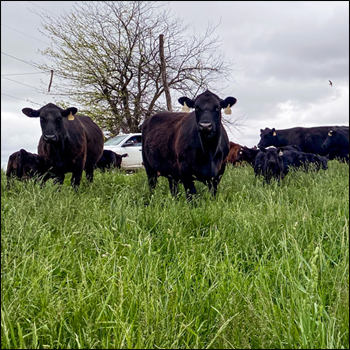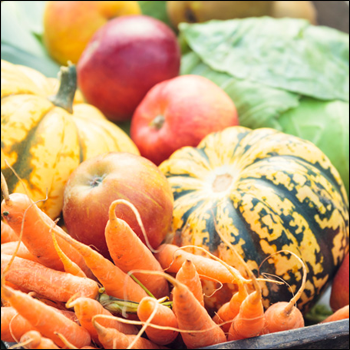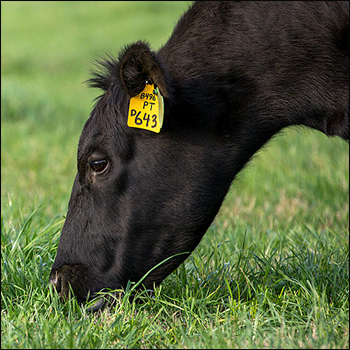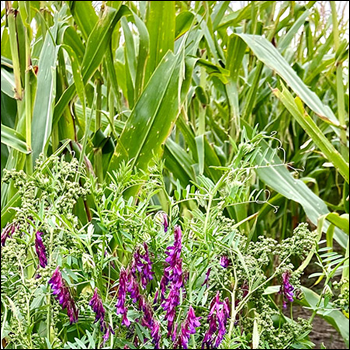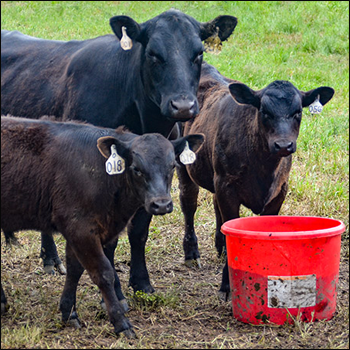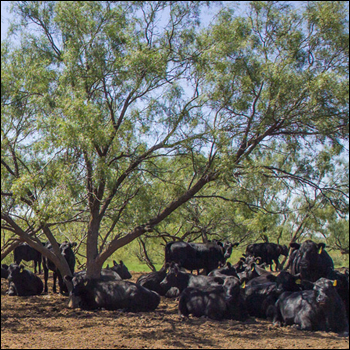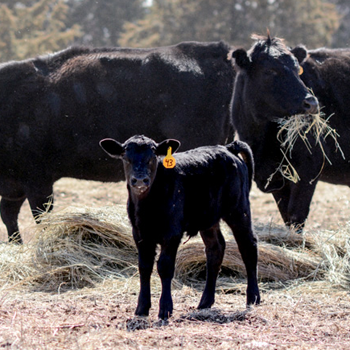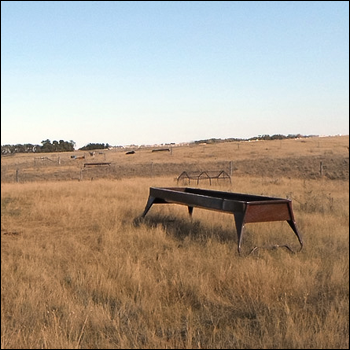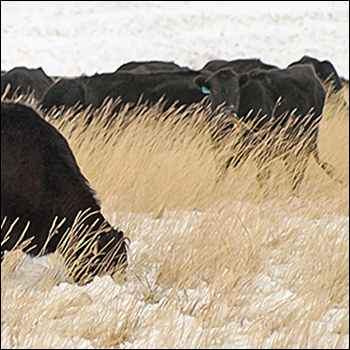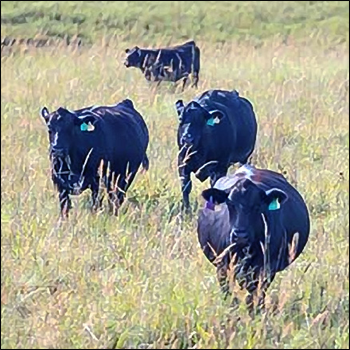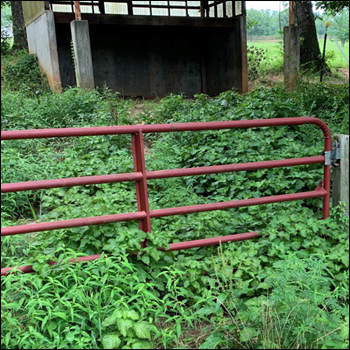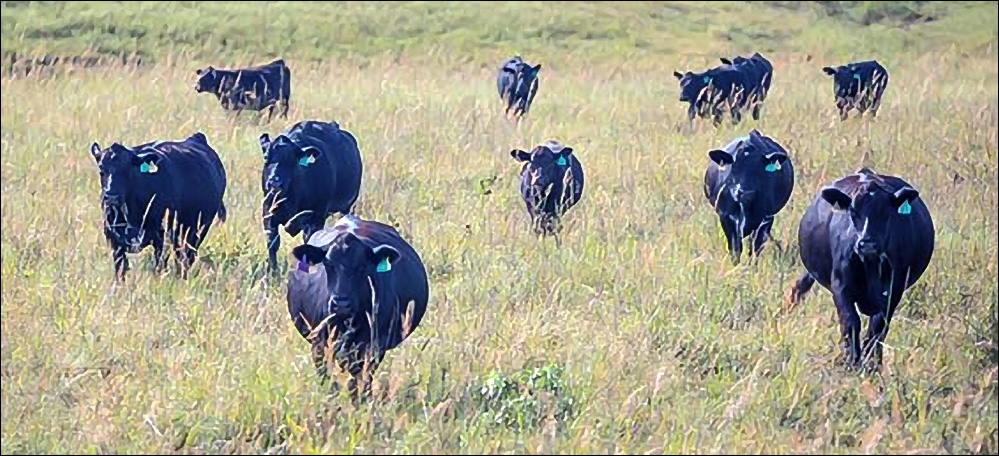
Leasing Arrangements in Times of Drought and Beyond
Ag economist offers steps to consider for cow or pasture leases.
Leasing or buying is often the debate that people have when deciding on their next vehicle to drive. Many in the agricultural community also enter arrangements to lease pastures, farm ground and — sometimes — even cows, according to the experts at the Kansas State University (K-State) Beef Cattle Institute (BCI).
“Whether it is leasing cows or pasture, it is important that the arrangement is fair and equitable for all parties involved,” said K-State agricultural economist Dustin Pendell on a recent Cattle Chat podcast.
Pendell said there are three steps that cow-calf producers and landowners need to work through from a cost standpoint prior to setting up an arrangement.
- 1. Identify the expenses, and know who is going be responsible for paying the expenses.
- 2. Understand the opportunity costs, and don’t forget hidden costs, such as unpaid family labor.
- 3. Know how these costs are going to be allocated to the parties respectively.
Regarding revenue, Pendell said those dollars also need to be shared on an agreed percentage basis. He pointed to the agmanager.info website from K-State’s Department of Agricultural Economics as a resource for how to set up these agreements.
In addition to a temporary leasing arrangement, veterinarian Bob Larson said that he has observed many successful lease-to-own arrangements in operations where there is a generational shift.
“If there is an older cattle producer who still has the land but wants to reduce the labor involved with cattle production, there are options to involve a younger cattle person who can provide the labor in exchange for an increasing ownership percentage of the cows over time,” Larson said.
Regardless of the arrangement, Pendell stressed the importance of putting the contract in writing.
“Spend the time upfront thinking through all the costs and incomes, including cull cow incomes, and then get everything documented,” he said. “If something happens down the line and you need to terminate the arrangement, you have it in writing and it is much easier than if it was a verbal agreement.”
To hear the full discussion, listen to the Cattle Chat podcast online.
Editor’s note: Lisa Moser is a communications strategist and instructor for K-State Research and Extension. Photo courtesy K-State Research and Extension.

Angus Proud
In this Angus Proud series, Editorial Intern Jessica Wesson provides insights into how producers across the country use Angus genetics in their respective environments.
 Angus Proud: Scott Sproul
Angus Proud: Scott Sproul
Oklahoma operation learned wisdom of moving calving season to better suit their marketing needs.
 Angus Proud: Bubba Crosby
Angus Proud: Bubba Crosby
Fall-calving Georgia herd uses quality and co-ops to market calves.
 Angus Proud: Jim Moore
Angus Proud: Jim Moore
Arkansas operation retains ownership through feeding and values carcass data.
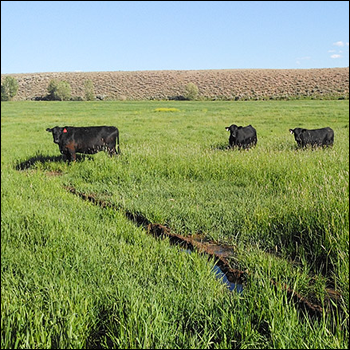 Angus Proud: Stephen Shiner
Angus Proud: Stephen Shiner
Idaho operation rotates pastures in summer and raises crops for winter.
 Angus Proud: Les Shaw
Angus Proud: Les Shaw
South Dakota operation manages winter with preparation and bull selection.
 Angus Proud: Jeremy Stevens
Angus Proud: Jeremy Stevens
Nebraska operation is self-sufficient for feedstuffs despite sandy soil.
 Angus Proud: Dave Rutan
Angus Proud: Dave Rutan
Angus breeder gets the most out of his bull investment by partnering with opposite calving-season operation.
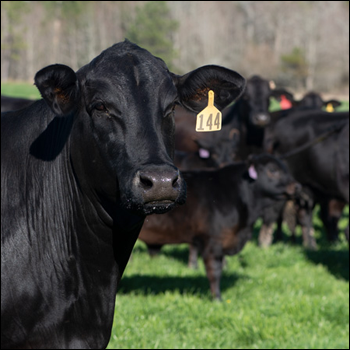 Angus Proud: Nickey Smith
Angus Proud: Nickey Smith
AngusLink helps Louisiana cattleman gain more for his calves.
